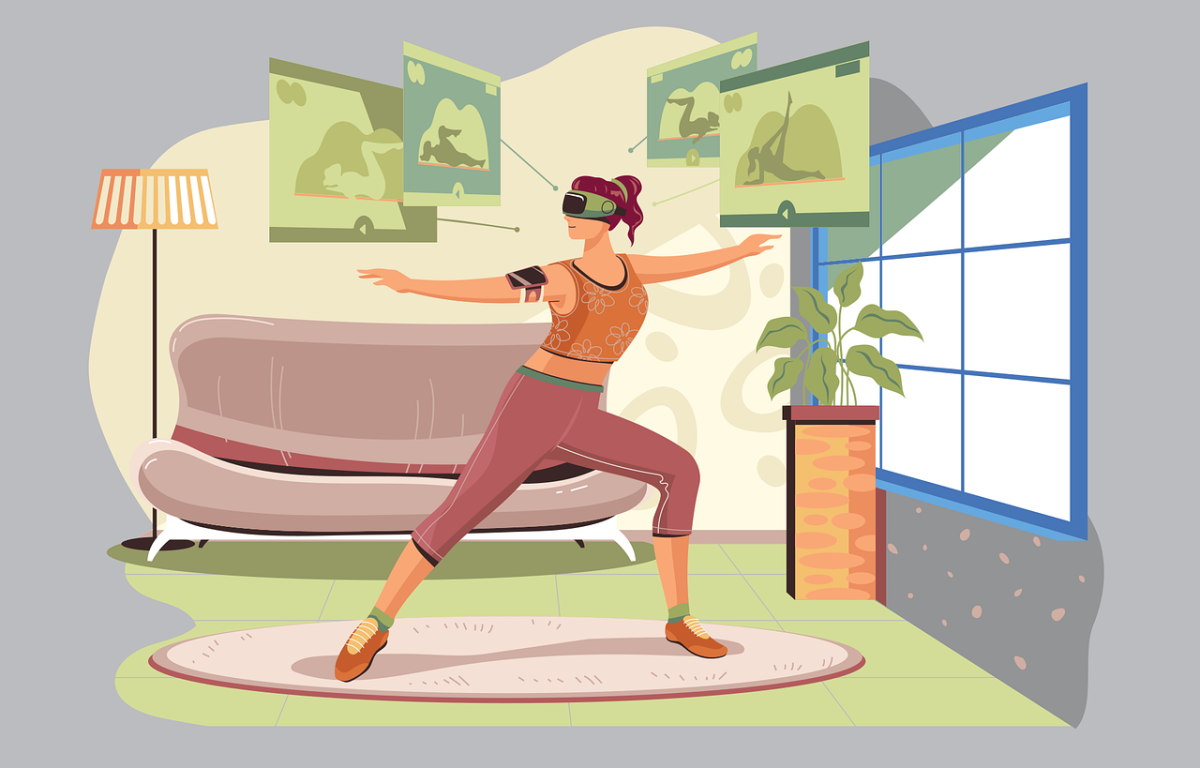Everyone is raving about the new, intriguing technology known as XR. But what does XR actually imply, and when can this technology be used? Cross reality, also known as expanded reality, is a general word for several distinct but connected technologies, which include Augmented Reality (AR), Virtual Reality (VR), and Mixed Reality (MR).
XR, MR, VR, and AR
The terms XR, MR, VR, and AR are frequently used synonymously but there is a definite distinction between these. Virtual Reality is a type of XR that uses a head-mounted display (HMD) or smartphone, or other gadgets placed about an inch away from the viewer’s eyes to fully immerse the viewer in a simulated world. Here the display of the gadget completely fills the user’s field of view. However, not all XR is virtual reality (VR).
Similarly, Augmented Reality is a subset of XR that uses digital enhancements to improve the user’s perception of the actual world. Typically, a device’s camera is used for this, which records the real-world scene and superimposes digital components on top of it. For instance, augmented reality (AR) may phone’s camera to project game figures onto the screen of a smartphone, giving the impression that they are in the same room as you.
MR, or “mixed reality,” is a fusion of VR and AR. In other words, Virtual reality and augmented reality are combined to create Mixed Reality. Users can engage with both physical and digital objects thanks to MR’s anchoring of digital components to the real world. Usually, specialized gear, like Microsoft’s HoloLens, is used to accomplish this. Overall, it’s critical to comprehend the distinctions between XR technologies because each has particular advantages and disadvantages and is best suitable for particular uses.
Application of XR in Different Industries
XR technology by combining the physical and virtual worlds improves safety, efficiency, and productivity while reducing costs and downtime. It has the potential to revolutionize the way we work and is impacting many industries like Gaming and Entertainment, Employee Training, Customer Support, Healthcare, Property and Real Estate, and Retail.
Application of XR in Maintenance and repair
Maintenance and repair work is one of the most important applications where XR is having an impact. Technicians can obtain real-time information, such as directions, blueprints, and troubleshooting manuals, about the equipment they are working on by using AR overlays. This technology may increase the precision and effectiveness of maintenance and repair work, decrease delay, and eventually result in cost savings for companies.
Traditionally, techs have user manuals and blueprints to identify and fix equipment. This approach, though, can be laborious and error-prone. On the other hand, XR technology gives workers a visual depiction of the equipment, enabling them to swiftly recognize the issue and fix it. This is especially advantageous for sophisticated apparatus and equipment, where even a small error can result in expensive downtime and maintenance costs.
Additionally, step-by-step directions on how to fix or keep the equipment can be provided using AR overlays. This benefits technicians who may be inexperienced with a specific sort of machinery or lack the required knowledge. Technicians can more swiftly and correctly identify and fix machinery with the help of real-time guidance.
Repair workers as well can be trained using XR technology on how to operate and manage equipment. The use of VR models can give techs access to a regulated and secure virtual world where they can practice maintenance and repair tasks. This can lower the possibility of mishaps and equipment harm while training, as well as increase the techs’ effectiveness and accuracy in real-world situations.
Remote assistance can also be provided using AR graphics. With the aid of smart eyewear, techs can communicate in real-time with specialists who can assist them virtually throughout the maintenance or repair process. When working with complicated equipment that calls for specialized knowledge and experience, this can be especially helpful.
In general, XR technology has the power to completely transform the servicing and repair sector. Businesses can increase the precision and effectiveness of maintenance and repair tasks, decreasing delay and eventually saving money, by giving workers real-time information, step-by-step directions, and online assistance. It will be fascinating to observe how XR technology develops in the future and how it will help companies run more effectively and efficiently.
Please write to us at open-innovator@quotients.com to learn more about such innovative solutions and partnership opportunities.







1 reply on “How XR Technology is transforming the Maintenance and Repair Industry”
Somebody necessarily lend a hand to make seriously articles I would state.
This is the very first time I frequented
your web page and to this point? I surprised with the analysis you made to create this actual post extraordinary.
Excellent task!